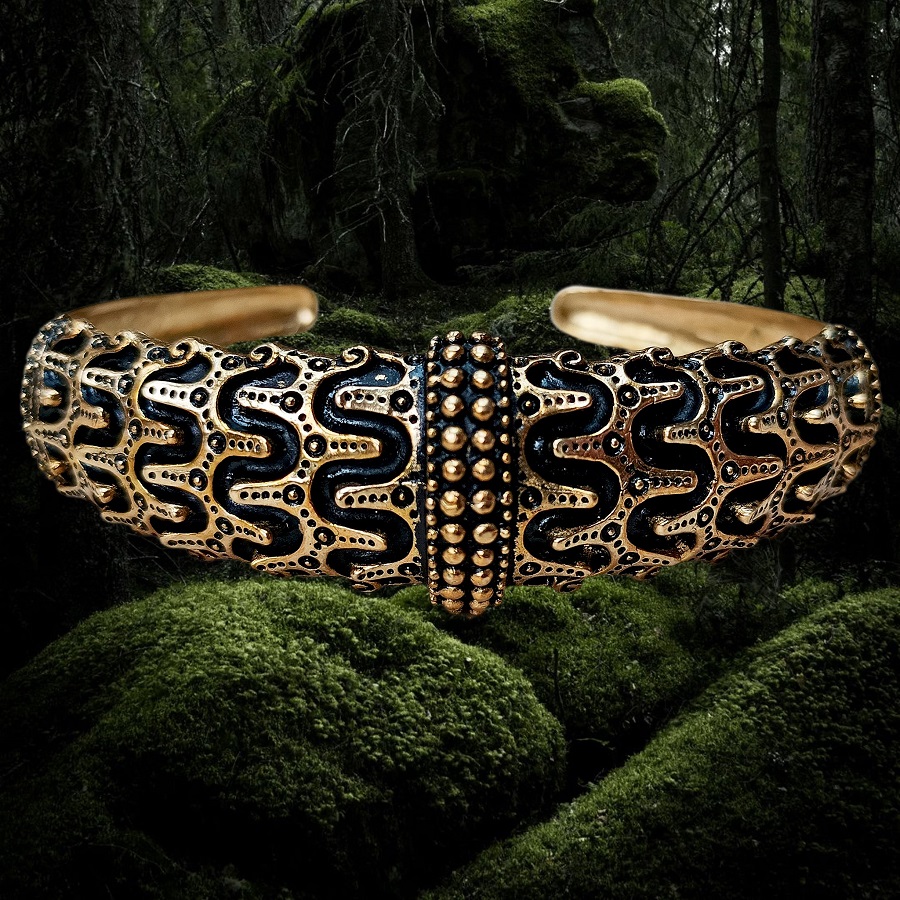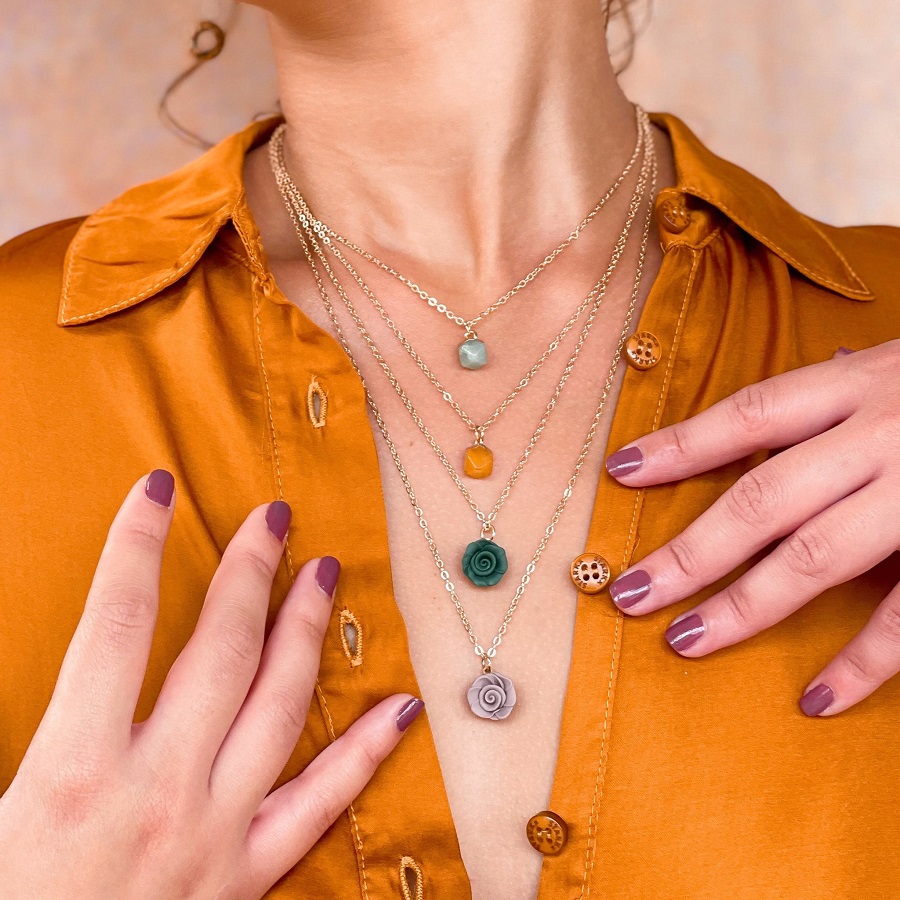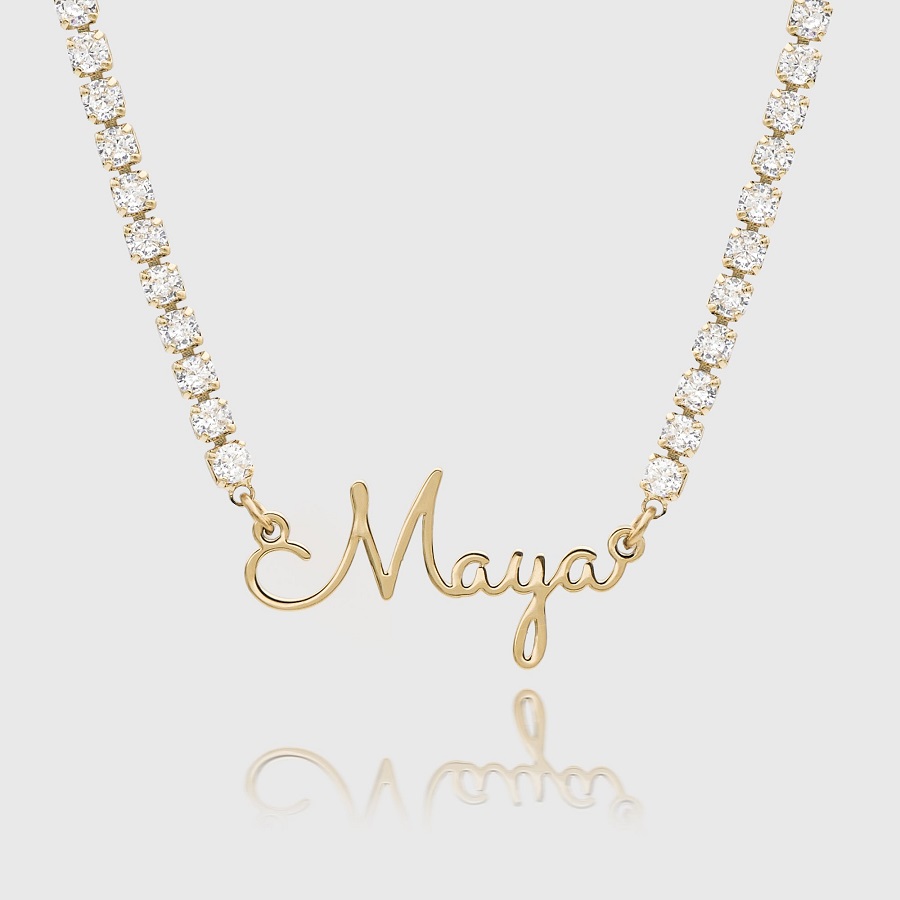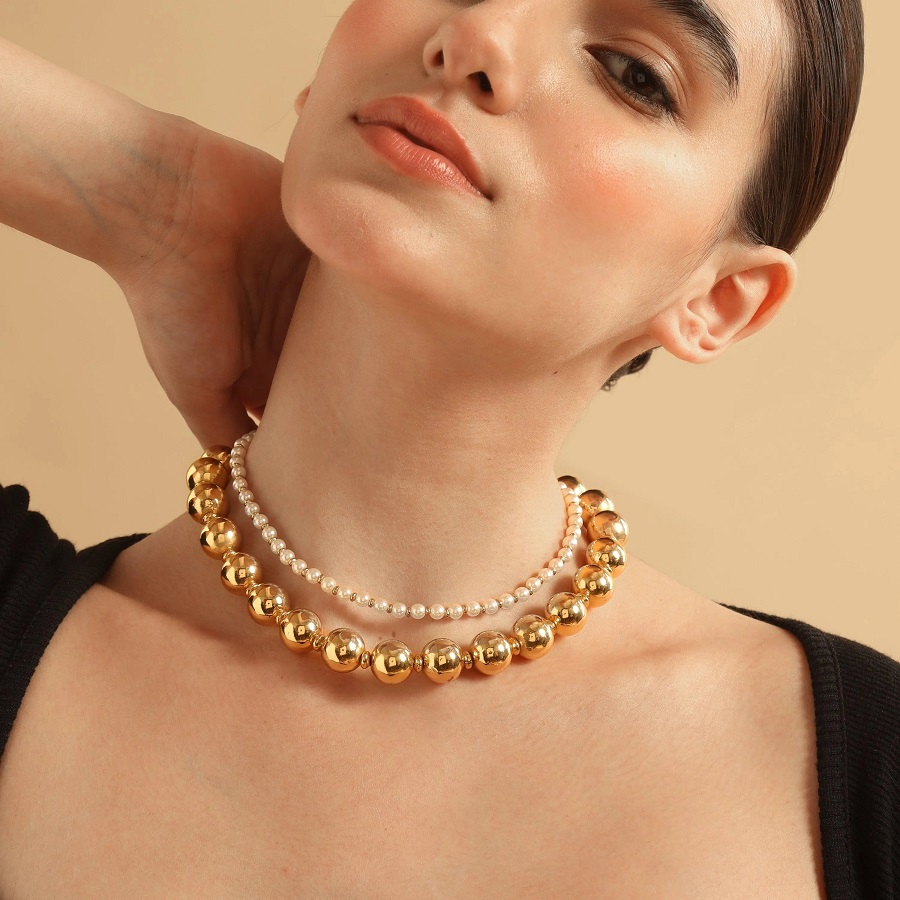Introduction
Viking bracelet, steeped in mythology, exploration, and craftsmanship, has left an indelible mark on history. Among the myriad artifacts that tell the tale of the Norsemen, Viking bracelets stand out as poignant symbols of identity, status, and artistry. These intricate pieces of jewelry were not merely ornamental; they carried weighty significance tied to personal expression, socio-economic status, and cultural beliefs. Through this exploration, we will delve into the history of Viking bracelets, their craftsmanship, and their socio-cultural importance within Norse society.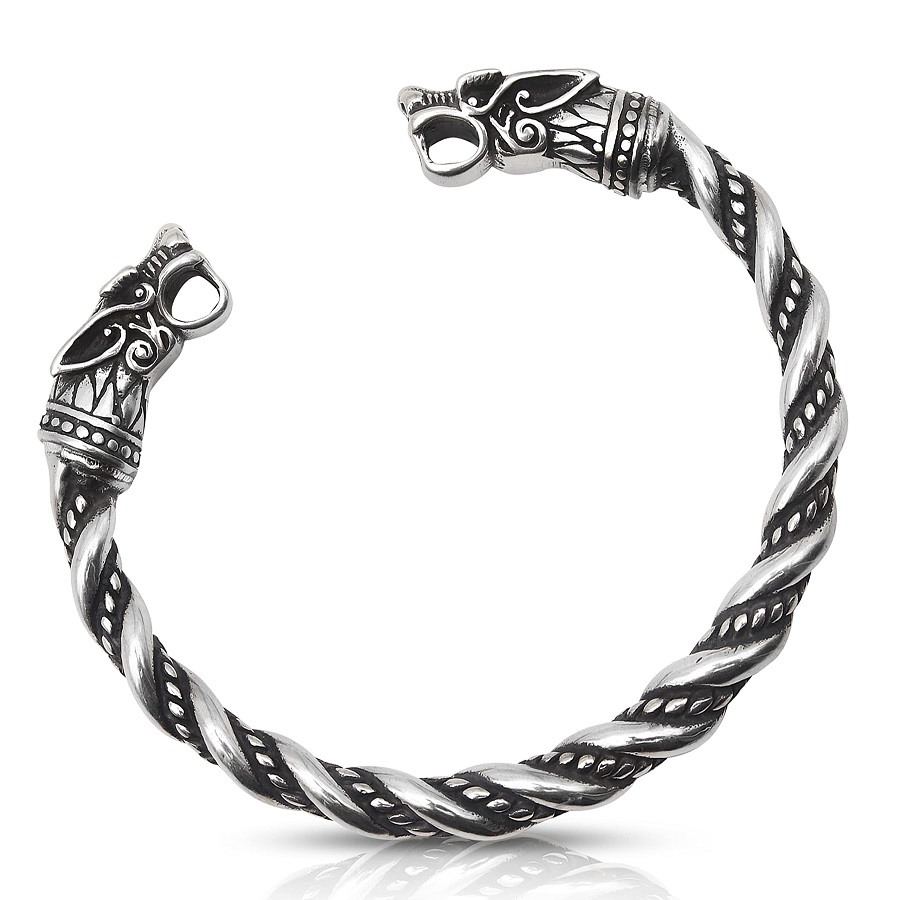
Historical Context
The Viking Age, spanning from the late 8th century to the early 11th century, was marked by the expansion of Norse explorers across Europe and beyond. The Vikings were not just raiders and warriors; they were traders, settlers, and sophisticated artisans. Their interactions with various cultures significantly influenced their craftsmanship, particularly in the realm of jewelry making. Bracelets made during this period were often crafted from materials readily available in their local environments or obtained through trade, including bronze, silver, gold, and various natural materials like leather and wood.
The rise of trade in the Viking Age also paved the way for the introduction of new styles and techniques in jewelry production. As the Vikings traveled to places like the Byzantine Empire and the Islamic world, they encountered diverse artistic styles that influenced their own creations. Viking bracelets often featured intricate designs, such as animal motifs, knot work, and runes, encapsulating their rich mythology and cultural narratives.
Types of Viking Bracelets
Viking bracelets varied widely in design, size, and materials, reflecting the diverse preferences and social strata of the Norse people.
- Bangle Bracelets: These were typically solid, round bands made from metal, often embellished with decorative features. Bangles were popular among both men and women and could signify wealth and status.
- Twisted Bracelets: Some of the most remarkable Viking bracelets were twisted, often formed from strands of metal twisted together to create a more dynamic appearance. This technique not only enhanced aesthetic appeal but also reinforced the structural integrity of the bracelet.
- Cuff Bracelets: These rigid bracelets often left open ends, were typically made of thicker metal, and sometimes featured intricate designs or engraved symbols. Cuffs were often more robust and could serve both decorative and practical purposes.
- Beaded Bracelets: Constructed from a variety of materials including glass, stones, and metal, beaded bracelets allowed for personalization and creativity. They often featured charms or pendants, which could have particular meanings or significance for the wearer.
- Leather and Fibulae: While metal bracelets were popular, leather straps embellished with fibulae—brooch-like fasteners—were also common. These materials offered different textures and styles, further diversifying the types of bracelets worn.
Cultural Significance of Viking Bracelets
Viking bracelets were far more than mere adornments. They symbolized various cultural aspects, including status, wealth, and identity.
- Status and Wealth: In Norse culture, jewelry was often a reflection of one’s social standing. Gold and silver pieces were generally reserved for the elite or wealthy classes, while those of lower status made do with less valuable materials. The type of bracelet a person wore could indicate their place within the social hierarchy.
- Cultural Identity: Bracelets often featured designs that were deeply rooted in Norse mythology and cultural symbolism. For instance, the use of animal motifs represented the sanctity of nature and the spirit’s connection to animals in Viking belief systems. Runes, when inscribed on jewelry, served both decorative and mystical purposes, believed to channel protection or good fortune.
- Rites and Rituals: Jewelry, including bracelets, played a significant role in various rites of passage and ceremonies. Offering or gifting a bracelet could signify loyalty or a bond between individuals, such as during marriage or oath-taking ceremonies. Furthermore, the act of wearing specific jewelry could be tied to ceremonial roles, whether in pagan rites or in transition to the afterlife.
- Trade and Economy: Jewelry was also integral to the Viking economy as a commodity for trade and barter. Viking traders carried bracelets as a means of exchange, using delicately crafted pieces as currency in realms far beyond their own. The value placed on such items reflects the sophistication of Viking trade networks.
Craftsmanship and Techniques
The creation of Viking bracelets involved a variety of techniques and skills that reflected the high level of craftsmanship in Norse culture. Blacksmiths and jewelers utilized tools and methods handed down through generations, often using rudimentary equipment to create fine products. Key techniques included:
- Metalworking: Vikings excelled in metalworking, refining techniques to cast, forge, and shape metal into intricate designs. They used a combination of heat and hammering to bring forth unique patterns, which often involved complex geometric designs.
- Wire Wrapping: This technique involved wrapping fine strands of metal wire around structural pieces to add decorative elements. This skill was essential in creating more delicate and ornamental pieces like twisted bracelets.
- Stone Setting: For those who crafted beaded and gem-encrusted bracelets, techniques for setting stones securely and artistically added beauty and value to the pieces.
- Engraving: Symbols, runes, and elaborate designs were often engraved into the bracelets, serving as both decoration and a way to communicate beliefs or sentiments.
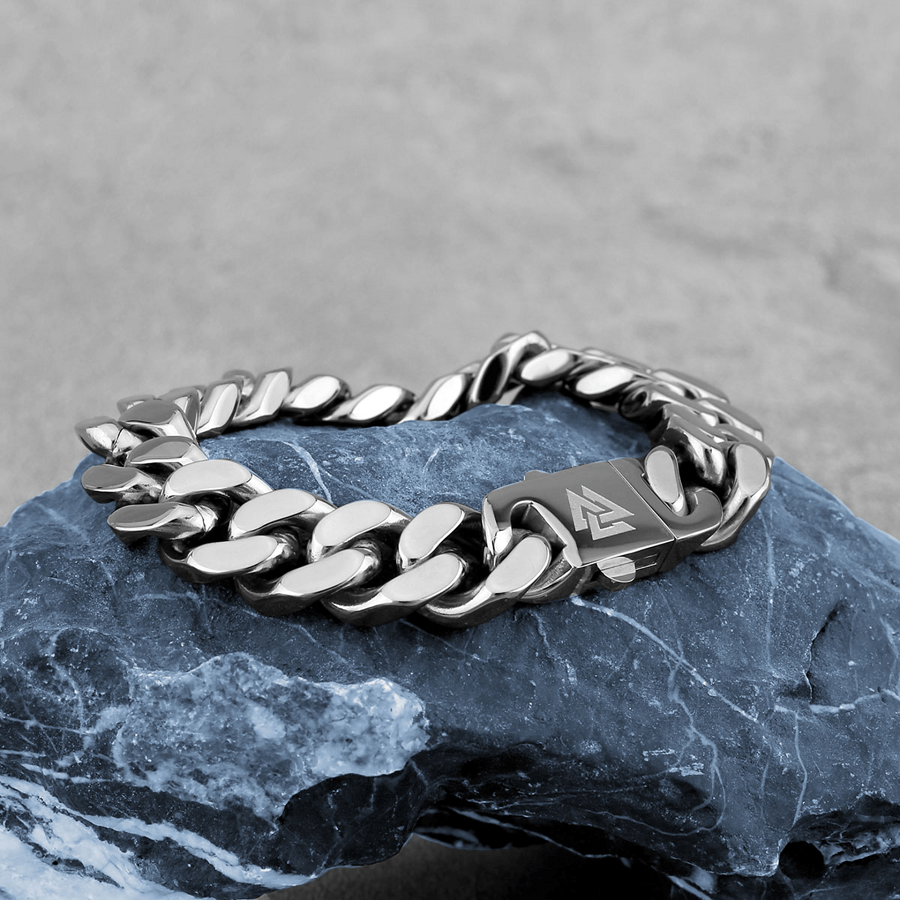
The Historical Context of Viking Jewelry
The Viking Age, spanning approximately from the late 8th century to the early 11th century, was a period marked by exploration, trade, warfare, and cultural exchange. The Vikings, originating from Scandinavia, developed a society that was deeply intertwined with their environment, folklore, and spirituality. Jewelry, therefore, became an essential aspect of their social fabric, often crafted from materials like silver, bronze, and gold.
Bracelets were particularly significant, with both men and women adorning their arms with various types. Whether as a sign of status, a symbol of protection, or as a functional item, Viking bracelets encapsulated various aspects of the rich and complex Norse culture.
Types of Viking Bracelets and Their Significance
1. Arm Rings and Torques
One of the most iconic forms of Viking bracelets is the arm ring or torque, often made of twisted metal. Which was worn on the upper arm or wrist. These arm rings served multiple purposes: they were not only decorative but also practical markers of wealth. In Viking society, wealth was often measured in gold and silver. And these arm rings served as portable riches, signifying social status.
Arm rings could also be given as gifts, symbolizing loyalty and mutual respect among clans and warriors. In this way, the simplicity of its design belies the profound relationships and social bonds it represented.
2. Runic Inscriptions and Spiritual Meaning
Some Viking bracelets bear runic inscriptions, which further add layers of meaning to their existence. Runes were used by the Norse not just as a writing system, but as a means of invoking the power of the gods, protection, or wisdom. A bracelet adorned with runes could be a personal talisman, meant to safeguard the wearer against harm or to bring good fortune in battles.
The specific inscriptions often referenced deities or heroic tales from Norse mythology, connecting the wearer to their cultural narrative. This feature illustrates how Viking jewelry acted as a bridge between the mundane world and the spiritual, with designs that told stories both personal and universal.
3. Animal Motifs and Symbolism
Viking bracelets frequently incorporate designs featuring animals such as wolves, bears, and serpents. In Norse mythology, these creatures symbolize various attributes: strength, courage, and cunning. The inclusion of such motifs in a bracelet could signify the wearer’s connection to these qualities, or even invoke the spirit of the animal represented.
For instance, a bracelet adorned with a serpent could symbolize renewal and transformation, echoing the mythological tales of Jörmungandr, the Midgard Serpent. By wearing something that represents these formidable creatures, the individual aligns themself with powerful mythological narratives.
4. Craftsmanship and Personal Identity
The craftsmanship of Viking bracelets also plays a pivotal role in their symbolism. The intricate designs often reflect the artisan’s skill, while at the same time revealing the wearer’s personal identity and status within the community. Handcrafted pieces could denote the creativity and individualism of the owner, as each piece was likely imbued with the personal touch of the maker.
Moreover, the choice of materials and the style reinforce the wearer’s connections to their lineage and heritage. A family’s history could be illustrated through the types of jewelry they wore, creating a legacy passed through generations.
The Role of Viking Bracelets in Rituals and Rites of Passage
In addition to their everyday significance, Viking bracelets also held ceremonial importance. They could commemorate rites of passage such as coming-of-age ceremonies, weddings, and funerals. For example, a young warrior might receive an arm ring upon proving themselves in battle, serving as an enduring symbol of honor and bravery.
During funerals, valuable jewelry, including bracelets. Was often placed with the deceased as offerings for the afterlife, showcasing the belief in a continued existence beyond the physical realm. This practice reflects the deep-seated spirituality of the Viking culture and the importance of jewelry as more than mere decoration.
Preservation and Modern Interpretations
Today, Viking bracelets are sought after not only as historical artifacts but as sources of inspiration for modern jewelry design. Contemporary artisans often draw upon the motifs, craftsmanship, and symbolism of Viking jewelry. Creating pieces that connect with past traditions while also resonating with modern values.
Replicas and new designs have surged in popularity. Appealing to a wide audience that appreciates the rich lore associated with Viking culture. Wearing such pieces can reflect a connection to history, mythology, and personal identity. Allowing individuals to carry forward the legacy of their ancestors.
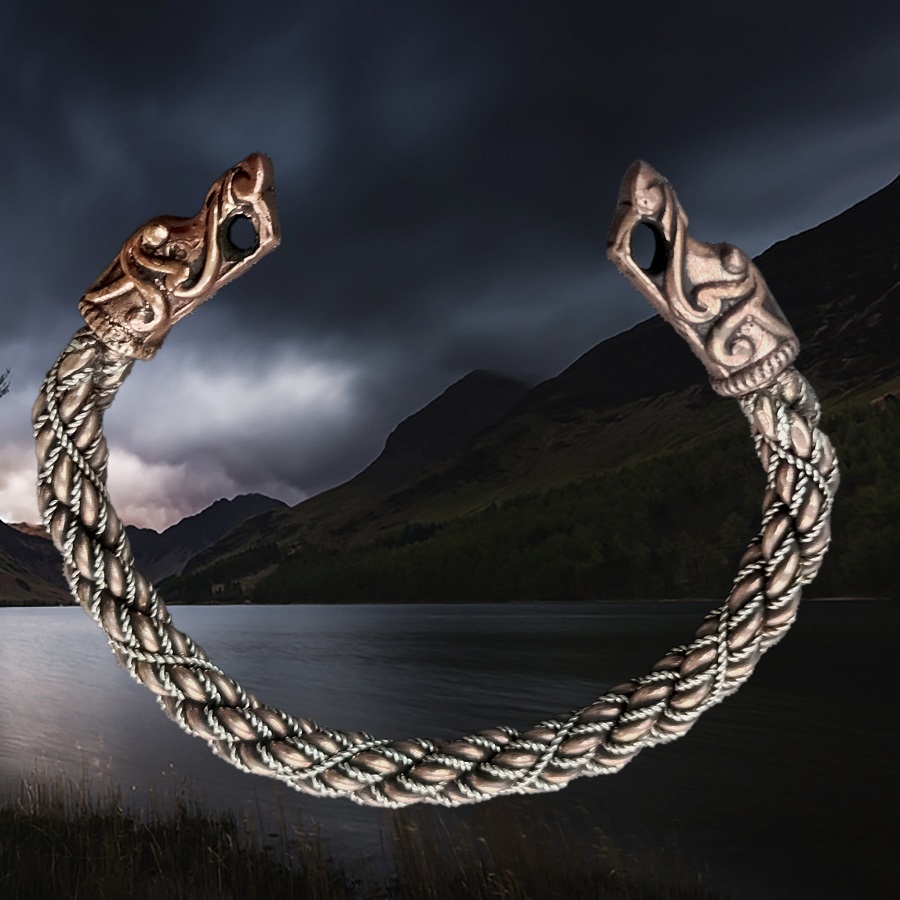
Conclusion
Viking bracelets encapsulate the artistry, cultural richness, and intricate social fabric of the Norse people. Through their craftsmanship, these artifacts tell stories of identity, status, belief, and trade. They served not just as adornments. But as testimonies to the capabilities and values of a civilization whose influence can still be felt today. As we explore these pieces. We gain insight not only into the aesthetics of Viking culture but also into its profound societal norms. And practices that continue to captivate the imagination of many. Whether admired for their beauty or studied for their historical context. Viking bracelets remain a significant aspect of Norse heritage, intricately linked to the legacy of the Vikings.
